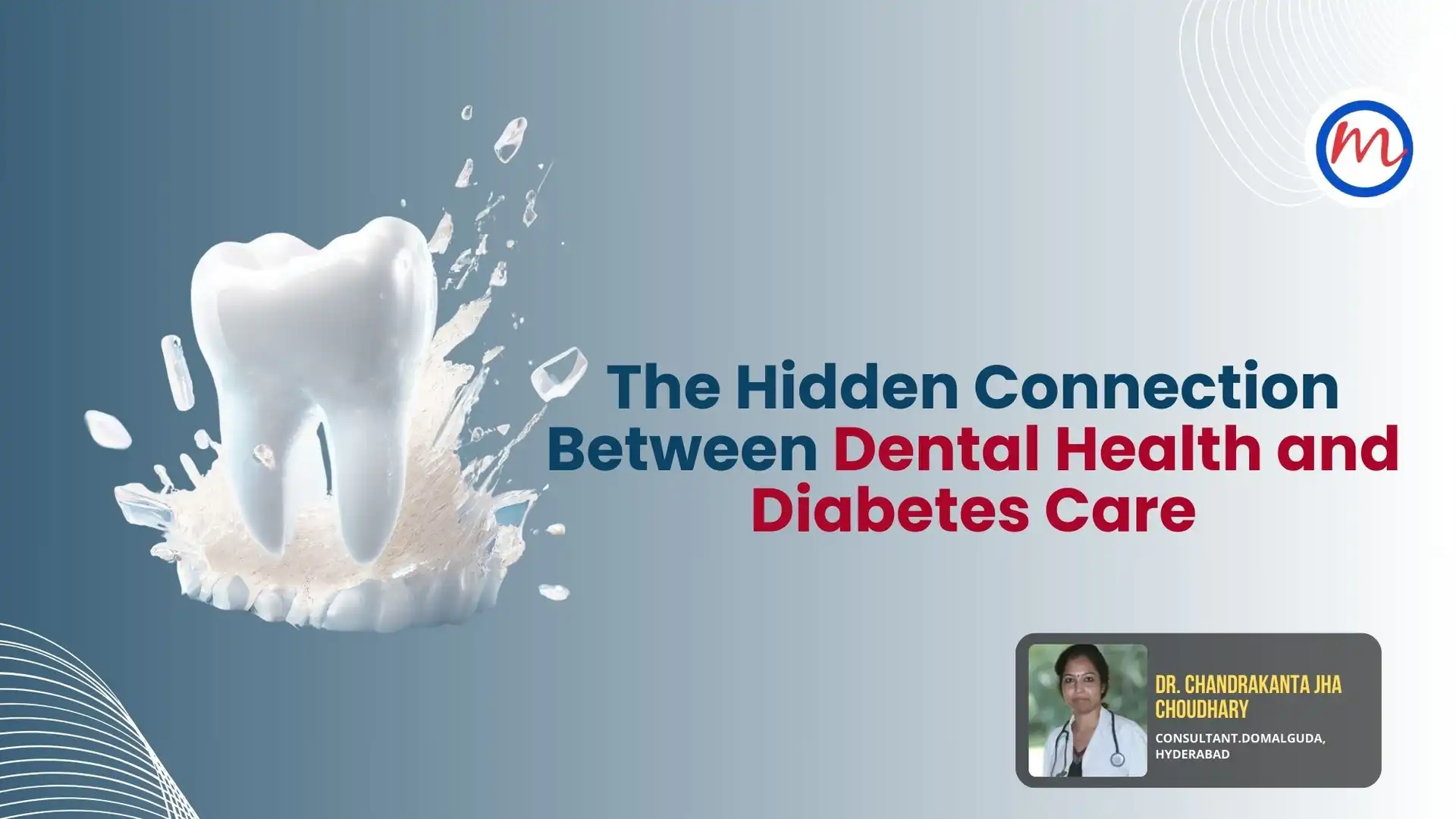Diabetic Retinopathy: Symptoms, Stages & Prevention
Introduction
Diabetes affects more than just blood sugar levels—it can also silently damage your vision. One of the most serious diabetes-related eye complications is diabetic retinopathy. This condition occurs when high blood sugar levels harm the blood vessels in the retina, the part of the eye that senses light and sends images to your brain.
Understanding the symptoms, stages and prevention of diabetic retinopathy is key to protecting your vision, especially for individuals with long-standing diabetes.
What is Diabetic Retinopathy?
Diabetic retinopathy is a microvascular complication of diabetes. It occurs when persistently high blood sugar damages the tiny blood vessels in the retina, leading to leakage, swelling or abnormal blood vessel growth.
If left untreated, this condition can result in vision impairment or blindness. However, regular eye check-ups and good diabetes control can reduce the risk significantly.
Symptoms of Diabetic Retinopathy
Early stages often do not cause noticeable symptoms, which is why many individuals may not realise their eyes are being affected. As the condition progresses, common symptoms may include:
- Blurred or distorted vision
- Dark spots or floaters in your field of vision
- Difficulty seeing at night
- Impaired colour vision
- Sudden vision loss (in advanced cases)
If you experience any of these symptoms, consult an eye specialist immediately.
Stages of Diabetic Retinopathy
Diabetic retinopathy progresses through four main stages:
- Mild Non-Proliferative Retinopathy: Small areas of balloon-like swelling (microaneurysms) occur in the blood vessels of the retina.
- Moderate Non-Proliferative Retinopathy: As the disease progresses, some blood vessels become blocked.
- Severe Non-Proliferative Retinopathy: More blood vessels are blocked, depriving areas of the retina of blood supply, leading to abnormal signalling for new vessels.
- Proliferative Retinopathy: New, abnormal blood vessels grow, which may bleed into the eye and cause serious vision problems or retinal detachment.
Another condition, diabetic macular oedema (DMO), may occur at any stage, where fluid builds up in the macula (the central part of the retina), leading to vision distortion.
Who is at Risk?
The risk of diabetic retinopathy increases with:
- Poor blood sugar control
- High blood pressure
- High cholesterol
- Long duration of diabetes
- Pregnancy
- Smoking
How to Prevent Diabetic Retinopathy
While diabetic retinopathy can’t always be avoided, its progression can be delayed or prevented through proactive steps:
- Maintain Good Blood Sugar Control
Keeping your blood sugar within target range helps prevent damage to retinal blood vessels.
- Monitor Blood Pressure and Cholesterol
High blood pressure and cholesterol can worsen eye complications. Regular check-ups are essential.
- Annual Dilated Eye Exams
Have a comprehensive dilated eye exam at least once a year—even if your vision seems fine.
- Stop Smoking
Smoking narrows blood vessels and worsens circulation. Quitting can protect both your eyes and overall health.
- Stay Active and Eat a Balanced Diet
A healthy diet and regular physical activity help regulate sugar levels and improve blood circulation to the eyes.
Treatment Options
If diabetic retinopathy is detected early, lifestyle changes and tighter glucose control may be sufficient. In more advanced stages, the following treatments may be recommended:
- Laser Photocoagulation: Seals leaking blood vessels
- Anti-VEGF Injections: Reduce abnormal vessel growth and swelling
- Vitrectomy: A surgery to remove blood and scar tissue inside the eye
These treatments aim to preserve vision and prevent further damage.
Diabetic retinopathy can be prevented and managed effectively with early detection and control of blood sugar, blood pressure, and cholesterol. Annual eye check-ups are essential—even if you don’t have symptoms. Protecting your eyes starts with taking control of your diabetes.



